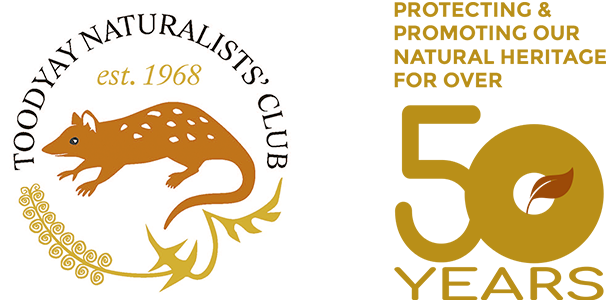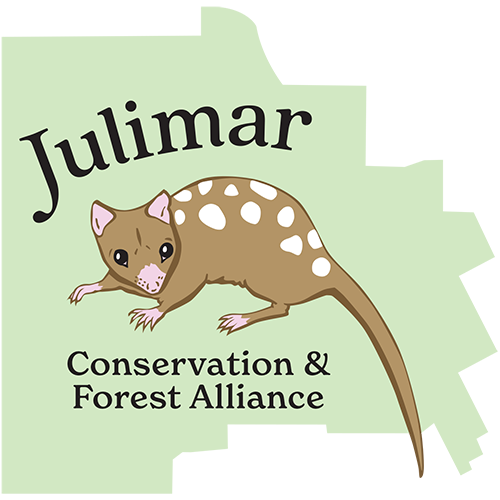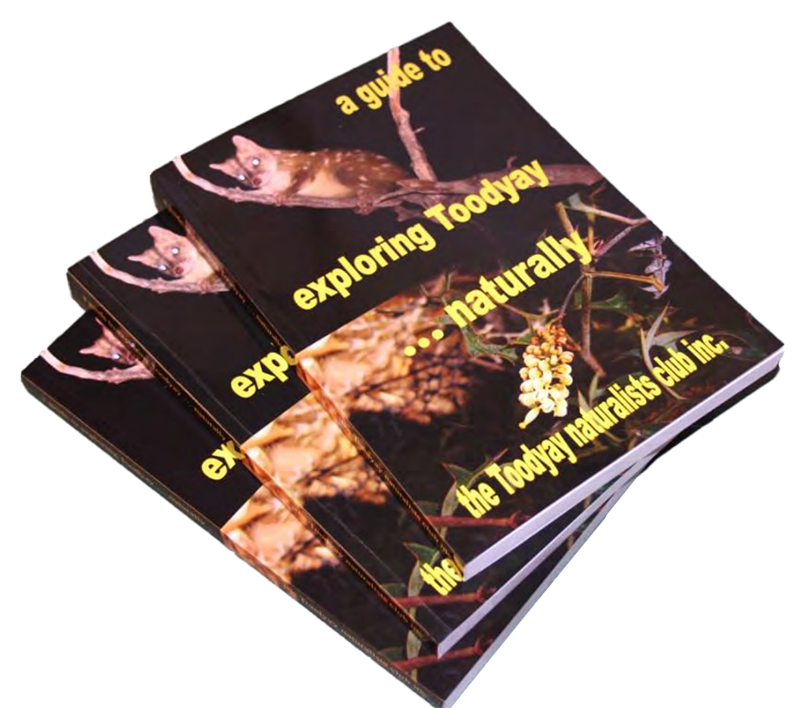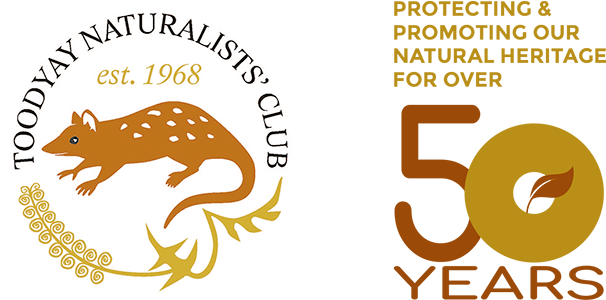Although common, the Barn Owl is not often seen except as a white flash at night when caught in a vehicle’s headlights on country roads. It has a preference of open woodland, is nomadic and does not have ‘territories’.
The numbers of the species rise and fall with the availability of prey. Prey includes the house mouse, a few species of native rodents, small birds and lizards, beetles and moths and is normally swallowed whole. Regurgitated pellets and indigestible parts of prey are found about the roosting area of tree hollows, caves and rock crevasses resulting in a vile-smelling area.
The tall, slim Barn Owl is 29 to 38cm; the male bird is slightly smaller and lighter in colour than the female. The upper back parts are a pearly white, graduating to buff coloured chestnut to pale grey; the underbody is white and very sparingly marked with tiny black spots. It has a ‘heart-shaped’ white facial disc made of the tiniest curly feathers.
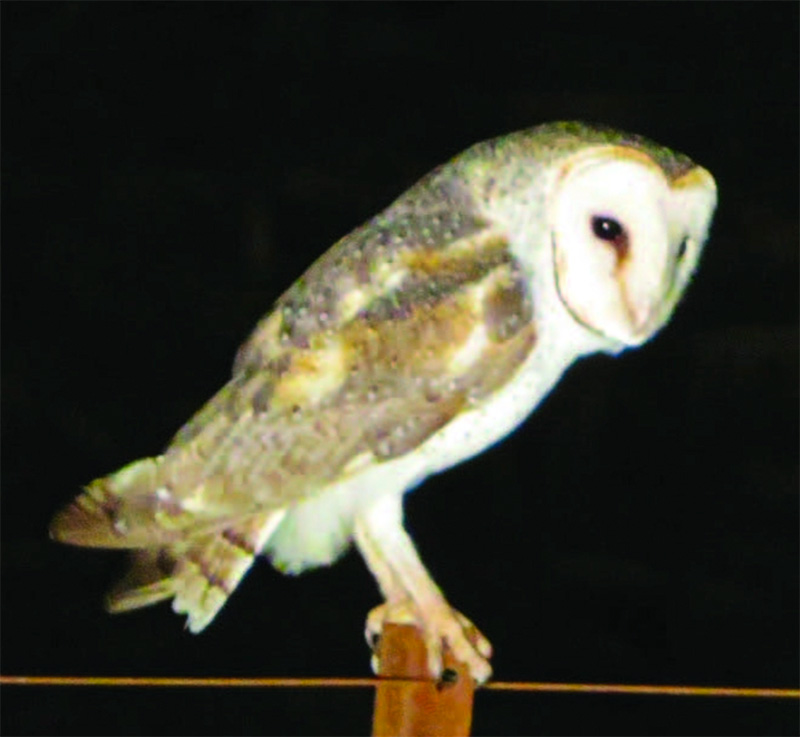
A Barn Owl on a fence post.
The legs are lightly feathered practically to the feet. The tail is shorter than the closed wings and, in flight, the feet trail a little behind the tip of the tail.
The Barn Owl breeds any time of year with often two clutches of three to four round, white eggs when food is abundant. Incubation by the female is around thirty-three days to fledge at approximately seven to nine weeks.
It is a silent hunter. It will quarter (gain height from the wind to hunt prey) across open country, close to the ground, flying with steady, silent wing movement. When prey is located the Owl hovers and drops, without a sound. Its call is a short hissing screech with the contact call, in flight, an infrequent loud drawn-out rasping screech.
The Barn Owl habitat is offshore islands, woodlands, open forests, caves, grasslands and farmland. It is scarce in heavy Jarrah forest. When visiting the Houtman Abrolhos islands it was noted, from its scat, the Barn Owl predates upon the rare and endangered Greater Stick-nest Rat.
The Toodyay Naturalists’ Club welcomes sightings and observations of flora, fauna and all areas of natural history. To add your sightings, email secretary@toodyaynats.org.au or submit a sighting via our online form.
